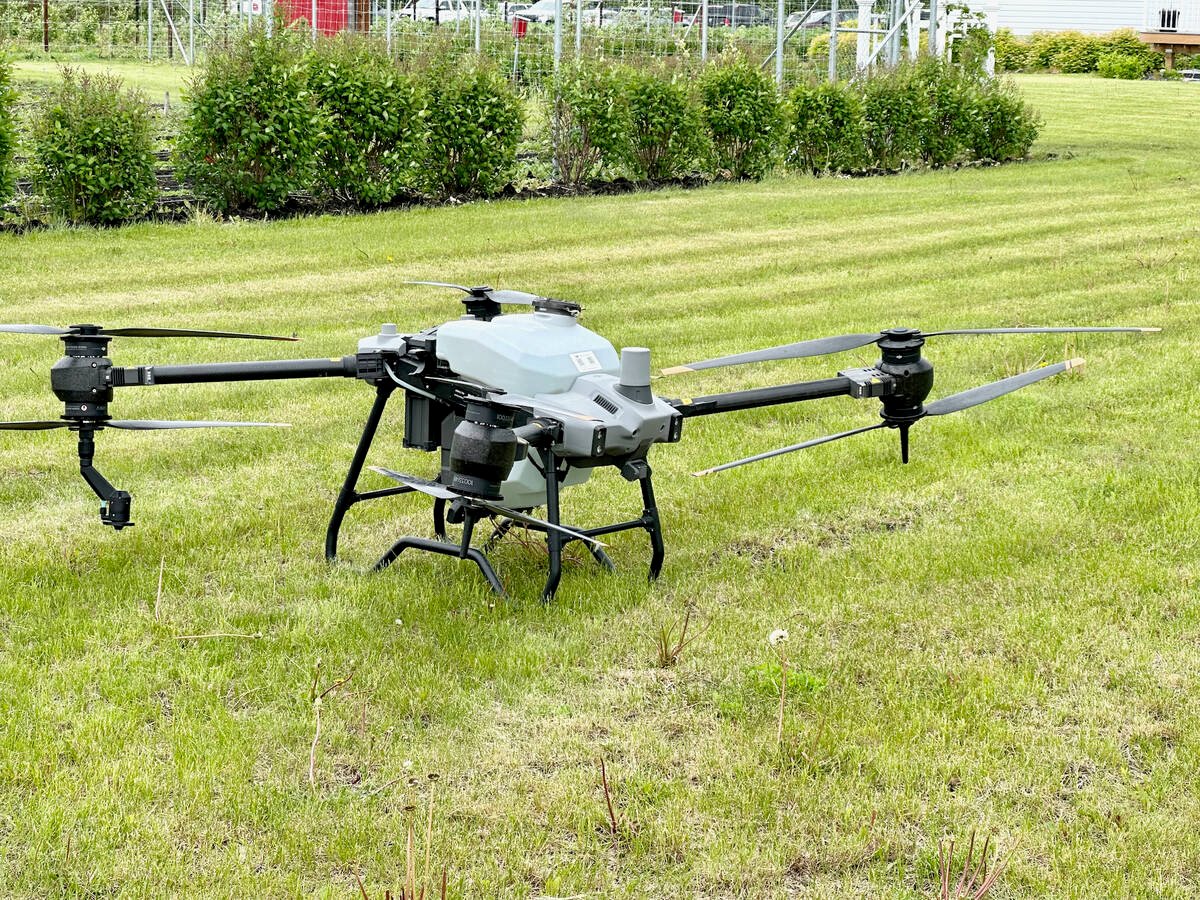FORT SASKATCHEWAN, Alta. — Corn and soybean plants in northern Alberta are giving farmers a peek into the future.
While the new varieties will never yield like their American cousins, they may be an alternative to barley or wheat on the Prairies in a few years.
Like fababeans, soybeans fix their own nitrogen, and have lower nitrogen requirements.
With more research, high yielding varieties might be grown in northern Alberta.
Farmers at a recent Monsanto tour were warned not to consider test plots as a picture of a good soybean crop.
Read Also

Canadian Food Inspection Agency red tape changes a first step: agriculture
Farm groups say they’re happy to see action on Canada’s federal regulatory red tape, but there’s still a lot of streamlining left to be done
The plots, grown on summerfallow with 140 pounds of added nitrogen, fixed little nitrogen and grew tall and green.
“This is not a good image to take home with you,” said Gary Csoff of Monsanto. “These beans are looking better than some in Manitoba.”
The soybeans are just some of the thousands of lines being grown in plots from the Montana border to Taylor, B.C., to find where soybeans will grow.
“We wanted to see the edge of failure,” he said.
With Monsanto investing $100 million in corn research over the next 10 years, corn may be another alternative crop.
Although central Alberta had unusually hot weather this year, Kerran Clements, an agrologist with Monsanto, said it will likely take more research to breed corn capable of growing in the cooler Alberta climate.
Even then, farmers should only expect yields of 100 to 110 bushels per acre, half of the yield of a good American corn crop, he said.
“In Western Canada, you need corn to compete with wheat and barley. You can’t compare it to the U.S.,” said Clements.
“It’s not a cheap crop to put in the ground, but it pays pretty good,” he said.
Daren Carlson of Monsanto said corn is an option for farmers who can consistently grow 110 bushels per acre.
“Then it’s a game changer.”
Darius Gross of the Athabasca Colony said he’s excited about the potential new crops, especially soybeans.
“I’m going to try soybeans. It’s the up and coming thing,” said Gross.
By growing soybeans, he would eliminate the need to buy soy meal for the colony’s dairy ration, he said.














